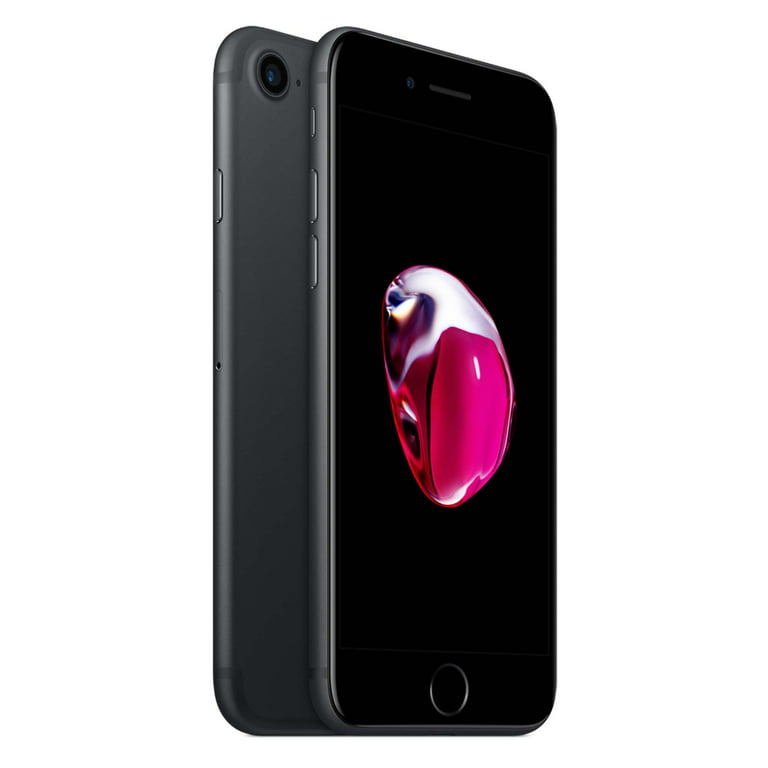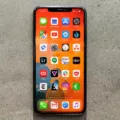The iPhone 7, released by Apple in 2016, caused quite a stir with its decision to eliminate the traditional 3.5 millimeter headphone jack. This move sparked a debate among tech enthusiasts and consumers alike. However, despite the absence of the headphone jack, the iPhone 7 still offers a variety of headphone options for users.
One of the main advantages of removing the headphone jack is the increased internal space it provides. Without the jack taking up valuable real estate inside the device, Apple was able to make room for other important components. This includes a larger battery, allowing for longer battery life, and a bigger storage drive, providing users with more space to store their files, apps, and media.
In place of the headphone jack, Apple introduced new wireless headphone options, such as AirPods, which connect to the iPhone via Bluetooth. These sleek and compact wireless earbuds offer convenience and freedom of movement without the need for tangled wires. The AirPods also come with a charging case, ensuring that they are always ready to use.
For those who prefer to stick with wired headphones, Apple also provided a Lightning to 3.5 millimeter headphone adapter. This adapter allows users to connect their existing wired headphones to the iPhone 7 through the Lightning port. While this solution may not be as seamless as using wireless headphones, it still allows users to enjoy their favorite music or podcasts with their preferred headphones.
Furthermore, the removal of the headphone jack allowed Apple to enhance the audio experience on the iPhone 7. In many cases, the space previously occupied by the jack was utilized to add an additional speaker to the device. This enables the iPhone 7 to deliver stereo audio when used in landscape mode, making it ideal for watching videos or playing games. The improved audio quality enhances the overall multimedia experience for users.
While the absence of the traditional 3.5 millimeter headphone jack on the iPhone 7 may have initially caused some controversy, Apple has provided alternative options for users to enjoy their audio content. With the introduction of wireless options like AirPods and the inclusion of a Lightning to 3.5 millimeter headphone adapter, users can still use their preferred headphones with the device. Additionally, the removal of the jack has allowed for improvements in battery life, storage capacity, and audio quality. Ultimately, it is up to the individual user to decide which headphone option best suits their needs and preferences.

Does iPhone 7 Support Headphone Jack?
The iPhone 7 does not support a traditional 3.5 millimeter headphone jack. Apple made the controversial decision to remove the headphone jack on the iPhone 7 and subsequent models. However, there are still a couple of different options for using headphones with the iPhone 7:
1. Lightning headphones: The iPhone 7 comes with a Lightning to 3.5mm headphone adapter, which allows you to connect traditional headphones with a 3.5mm jack to the iPhone’s Lightning port. You can also purchase headphones that have a Lightning connector directly, eliminating the need for an adapter.
2. Wireless headphones: Apple introduced its own wireless earphones called AirPods, which connect to the iPhone via Bluetooth. These are completely wireless and do not require any cables or adapters. Additionally, there are many other wireless headphone options available from various brands that can be paired with the iPhone 7.
3. Bluetooth adapters: If you prefer to continue using your existing wired headphones, you can also purchase a Bluetooth adapter that connects to the iPhone’s Lightning port. This allows you to use your wired headphones wirelessly by connecting them to the adapter via a 3.5mm jack.
It’s important to note that while the removal of the headphone jack was met with criticism, it has become a common feature in many other smartphone models as well.
Why Did iPhone 7 Remove Headphone Jack?
The iPhone 7 removed the headphone jack for a few reasons:
1. More internal space for components: By removing the headphone jack, Apple was able to free up space inside the iPhone 7 to accommodate larger components such as a bigger battery, a larger storage drive, or other hardware. This allowed for improved performance and more storage capacity.
2. Improved audio experience: In many cases, the space previously occupied by the headphone jack was used to add an additional speaker to the iPhone 7. This enabled stereo audio when using the device in landscape mode, providing a better audio experience for users.
3. Embracing wireless technology: Apple has been pushing for a wireless future, and removing the headphone jack was seen as a step towards that direction. With the introduction of AirPods and other wireless earphones, users could now connect their headphones to the iPhone 7 via Bluetooth, eliminating the need for a physical headphone jack.
4. Water resistance: Removing the headphone jack also contributed to the iPhone 7’s water resistance capabilities. By sealing the device’s ports and making it more resistant to water damage, Apple aimed to provide users with a more durable and reliable device.
5. Encouraging the use of Lightning or wireless headphones: With the removal of the headphone jack, Apple promoted the use of Lightning headphones or wireless headphones to connect to the iPhone 7. This move aligned with their vision of a wireless future and encouraged users to adopt newer technologies.
By removing the headphone jack, Apple was able to make several improvements to the iPhone 7’s design and functionality. While some users may have initially found this change inconvenient, it paved the way for advancements in wireless technology and contributed to the overall evolution of smartphones.
Conclusion
The absence of the traditional headphone jack on the iPhone 7 offers a range of benefits. By removing the jack, Apple has been able to create more internal space for components, allowing for a larger battery, storage drive, and other features. This ultimately enhances the overall performance and functionality of the device. Additionally, the removal of the jack has allowed for the inclusion of an additional speaker, enabling stereo audio when the phone is used in landscape mode. This provides a richer and more immersive audio experience for users. While the removal of the headphone jack may require some adjustment for users who rely on wired headphones, the iPhone 7 offers alternative headphone options, such as wireless headphones or using the Lightning port. the removal of the headphone jack on the iPhone 7 has resulted in a more streamlined and feature-rich device.








